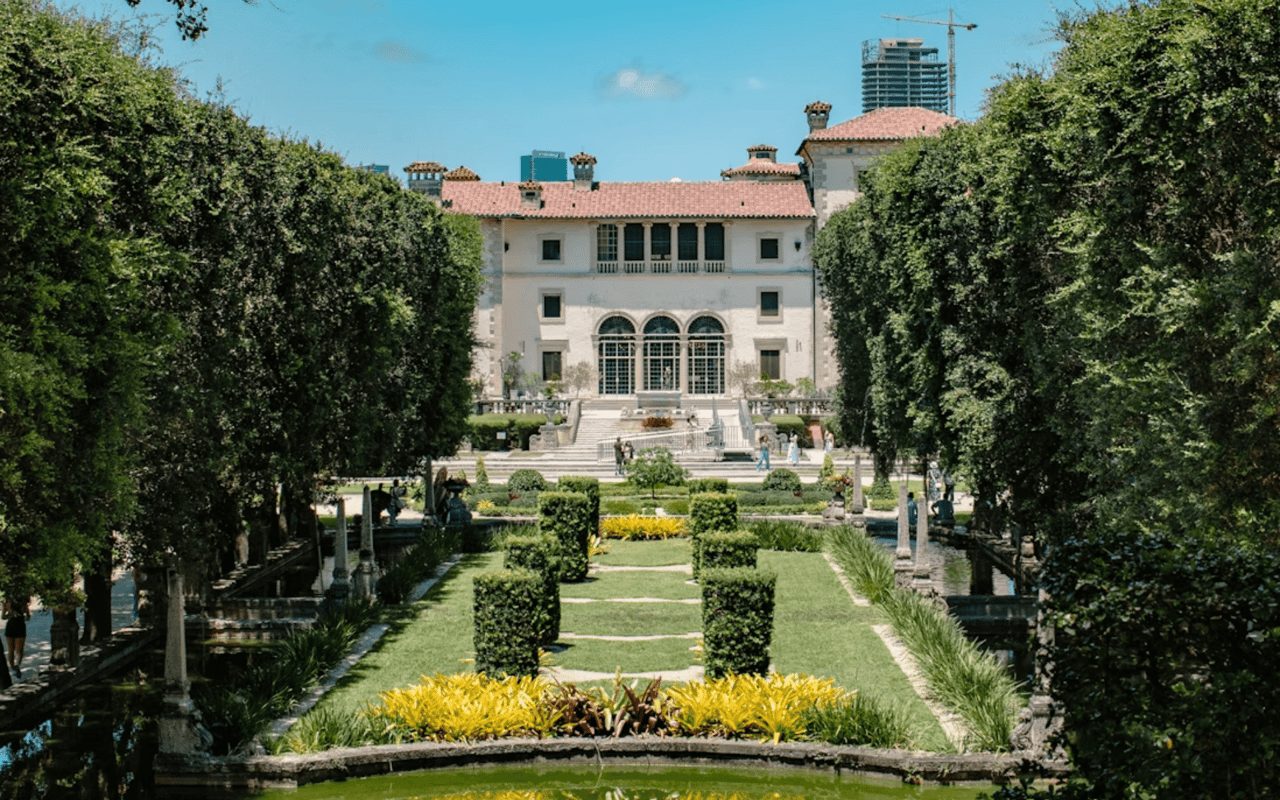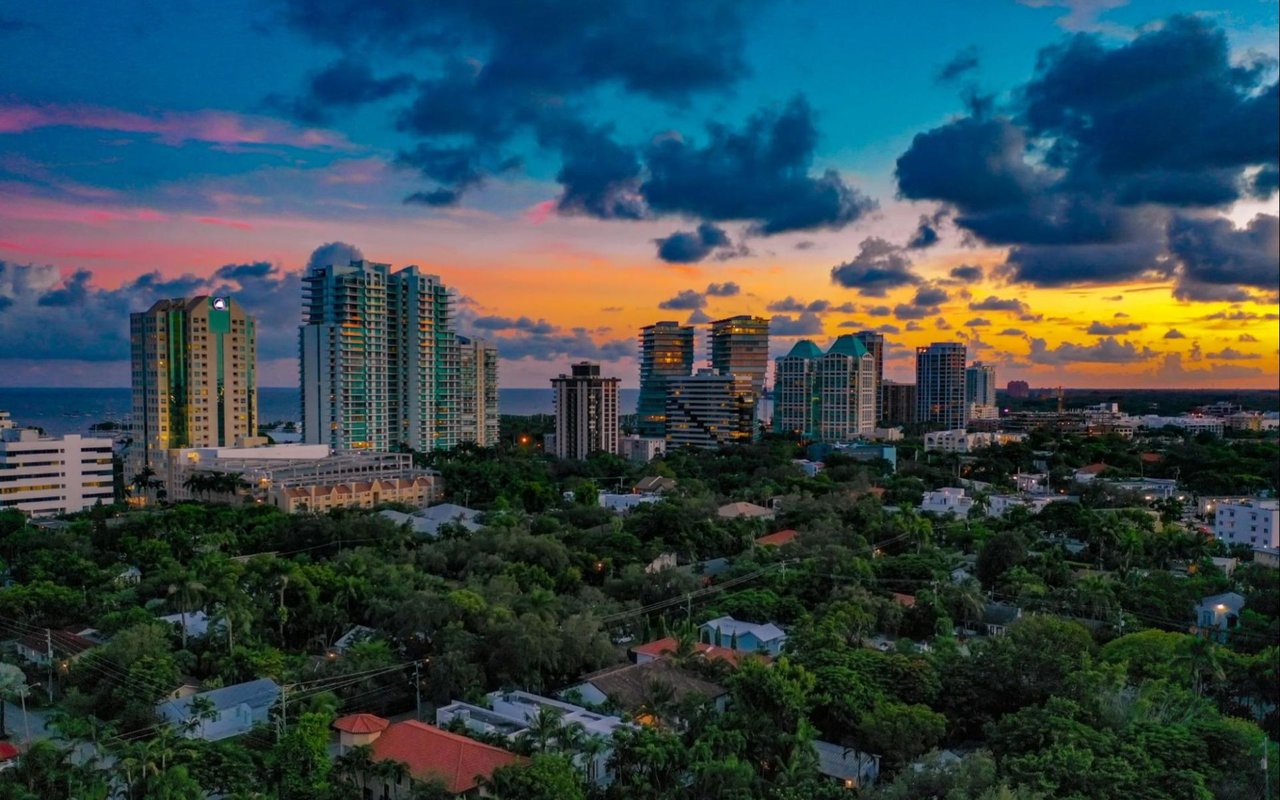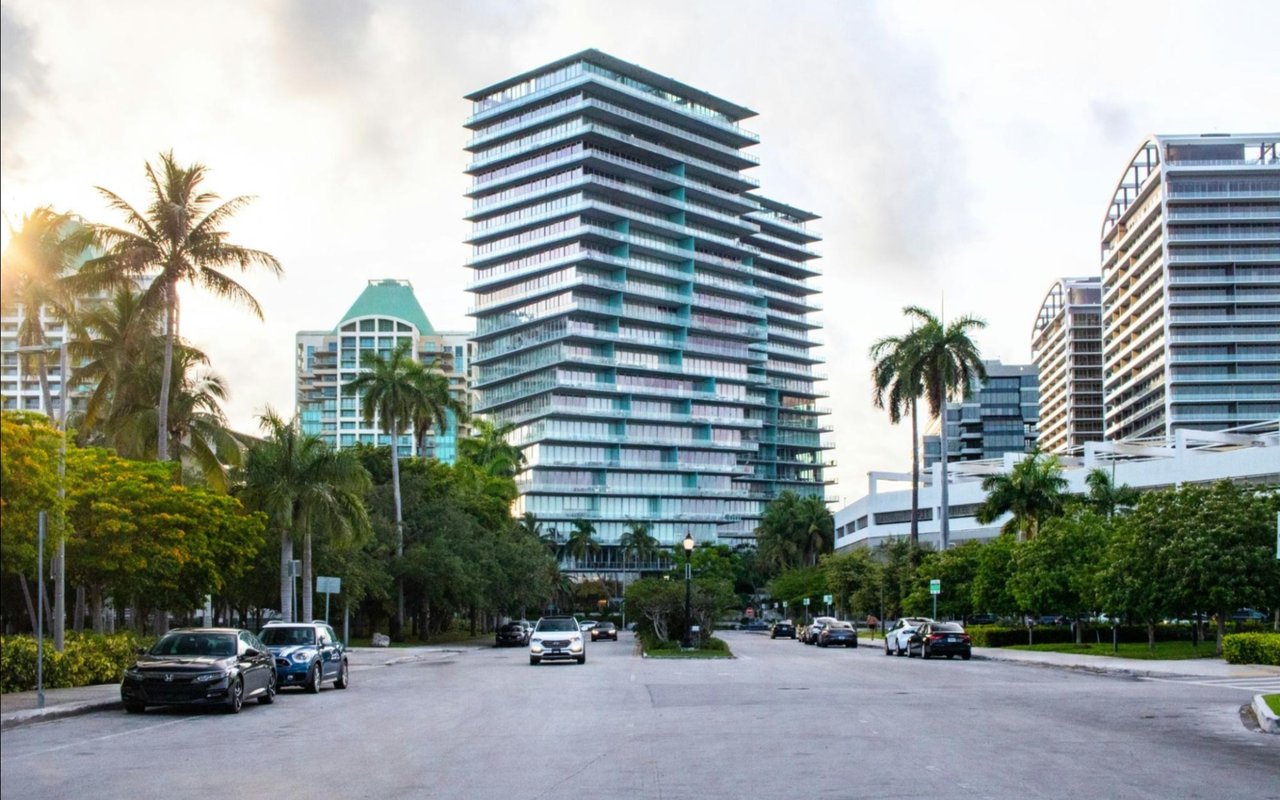Coral Gables, known for its historic charm and Mediterranean Revival architecture, offers a unique glimpse into Florida's architectural heritage. Its landmarks stand as symbols of aesthetic beauty and tell the story of the city's rich cultural evolution. This article will explore some of the most iconic architectural landmarks in Coral Gables and their significance to both residents and visitors alike.
The Biltmore Hotel
Throughout its history, the Biltmore Hotel has hosted dignitaries, celebrities, and prominent figures, solidifying its status as a historic destination. Its role in the development of Coral Gables is pivotal, as it was initially envisioned as part of a plan to make the city a resort destination. Today, the Biltmore Hotel symbolizes Coral Gables’ architectural excellence and is a designated National Historic Landmark.
Coral Gables City Hall
The City Hall's central bell tower, surrounded by intricate balconies, adds to its grandeur. As the seat of local government, the building serves a functional role. It acts as a testament to the vision of George Merrick, the founder of Coral Gables, who sought to create a cohesive architectural theme throughout the city.
Venetian Pool
What sets the Venetian Pool apart is its natural beauty, with fresh spring water refilled daily. The pool's lagoon-like design, surrounded by lush landscaping and Mediterranean-inspired architecture, makes it a beloved attraction for locals and visitors. It remains the only pool to be listed on the National Register of Historic Places, reinforcing its significance as a Coral Gables landmark.
Merrick House
The Merrick House is now a museum dedicated to preserving George Merrick's legacy and the history of Coral Gables. It serves as a reminder of the city's humble beginnings and offers visitors a chance to explore the personal life of one of South Florida’s most influential figures.
Coral Gables Congregational Church
The church played a significant role in Coral Gables's early social and cultural life, hosting numerous community events. Its design was in line with George Merrick’s vision of creating a cohesive aesthetic throughout the city, and it continues to serve as a spiritual and architectural landmark in Coral Gables today.
The Douglas Entrance
The Douglas Entrance is not just an architectural highlight but also a symbol of the grandeur and planning that went into the creation of Coral Gables. Today, it is listed on the National Register of Historic Places and remains a focal point for those entering the city.
Fairchild Tropical Botanic Garden
The garden’s buildings, including its visitor center, are thoughtfully integrated into the landscape, creating a harmonious experience for visitors. Fairchild is more than just a garden—it's a place where architecture and nature meet, reflecting Coral Gables’ commitment to beauty and preservation.
University of Miami’s Ashe Administration Building
The Ashe Administration Building reflects the city’s emphasis on cohesive design as part of Coral Gables' architectural identity. The building serves as an academic hub and a reminder of the city's rich architectural legacy.
About Juliana Savoia
Juliana has built a strong reputation as a Miami real estate agent, consistently ranking among the top Realtors®️ nationwide. Her success is driven by her client-first approach, prioritizing satisfaction while focusing on reducing stress throughout the process. Juliana's commitment to maintaining integrity and attention to detail ensures that each transaction is handled with care, minimizing the uncertainties that often accompany buying or selling a home.
Contact Juliana Savoia today for expert advice and personalized assistance navigating the Coral Gables, FL, real estate market.





